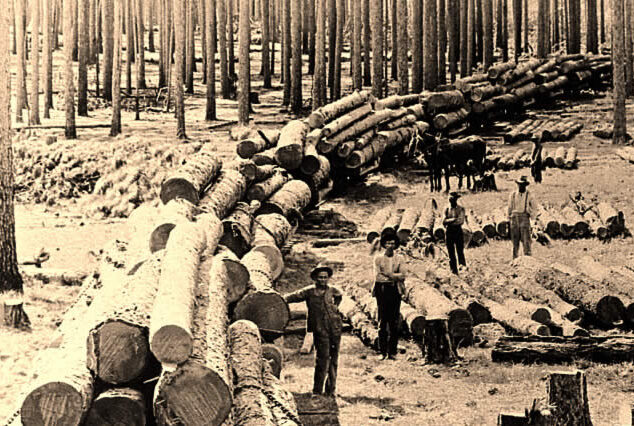Measuring Lumber: Are 2×4s Really 2”-by-4”?
November 1st, 2024 | by Madison Stone

Pete & Co. – Measuring Lumber: Are
2x4s Really 2″-by-4″?
Here’s a fun party fact (and a spoiler for the rest of this post): 2×4 pieces of wood are not actually 2×4s.
Well, technically they are, since that’s been the decided-upon term for that particular size of wood for over a hundred years. In actuality, however, any piece of wood you pick up at any lumber store will be a slightly different size than what’s on the label. Take your tape measure next time you go to Home Depot and see for yourself. (Ask a worker about it while you’re at it—they’re sure to love that.)
Whether you already knew about this well-known white lie or not, there’s a significant amount of history and motive behind our wacky wood measurements… but we’ll let you decide for yourself how justified it is.
Q: Are 2×4s really 2 inches by 4 inches in size?
A: Surprise! They’re not. Cuts of wood that are advertised as 2×4s are actually 1.5 inches by 3.5 inches, which is significantly smaller than the moniker suggests—34% smaller, to be exact.

Q: Why are there discrepancies in wood measurements?
A: While it sounds like we’re all getting gypped by big lumber, there’s actually a pretty good reason as to why you’re getting less product than you think when you purchase a 2×4, and it goes back to the surprisingly rich history of lumber in America.
Before the 1900s, there were no standards in wood production. Trees were felled, cut, and shipped to order by independent producers, but all exact sizing was left for the carpenters to do on the job site.


This method worked for a time, but eventually demand began to outgrow (quite literally) supply. As local forests began to clear out around major cities like New York and Boston, business became more competitive, and the lumber industry had to contrive ways to offset their now much higher shipping rates. Simultaneously, demand continued to rise.
The answer to this problem was two-fold: one, make the switch from made-to-order lumber to mass production; two, standardize sizing. And starting in 1919, the first American Lumber Congress began to do just that.

Of course, many other factors played large parts in the evolution of America’s lumber industry, such as the introduction of different woods types made readily available with the railroad and Panama Canal, exponential increase in demand during the World Wars, the forming of trade associations, and the modern methods of cutting wood.

However, in short, it was the need to standardize and regulate lumber production in a quickly expanding world that led to the dimensional discrepancies widely accepted in the building industry.
Q: Why not just call 2×4s by their real dimensions?
A: There’s really no good answer to this other than that old habits die hard—if you’re used to calling a particular cut of wood a 2×4, then why switch it up?
And, honestly? Say “one-and-a-half-by-three-and-a-half” three times fast, and then say it about a hundred times a day. Way too many syllables.
Q: Do any other cuts of wood have misleading colloquialisms?
A: Yes, most of the standard dimensional lumber sizes we’re used to are actually misnomers. While we tend to use the nominal sizes in speaking (nominal being the way in which something is typically referenced), the actual sizes are noticeably smaller.

